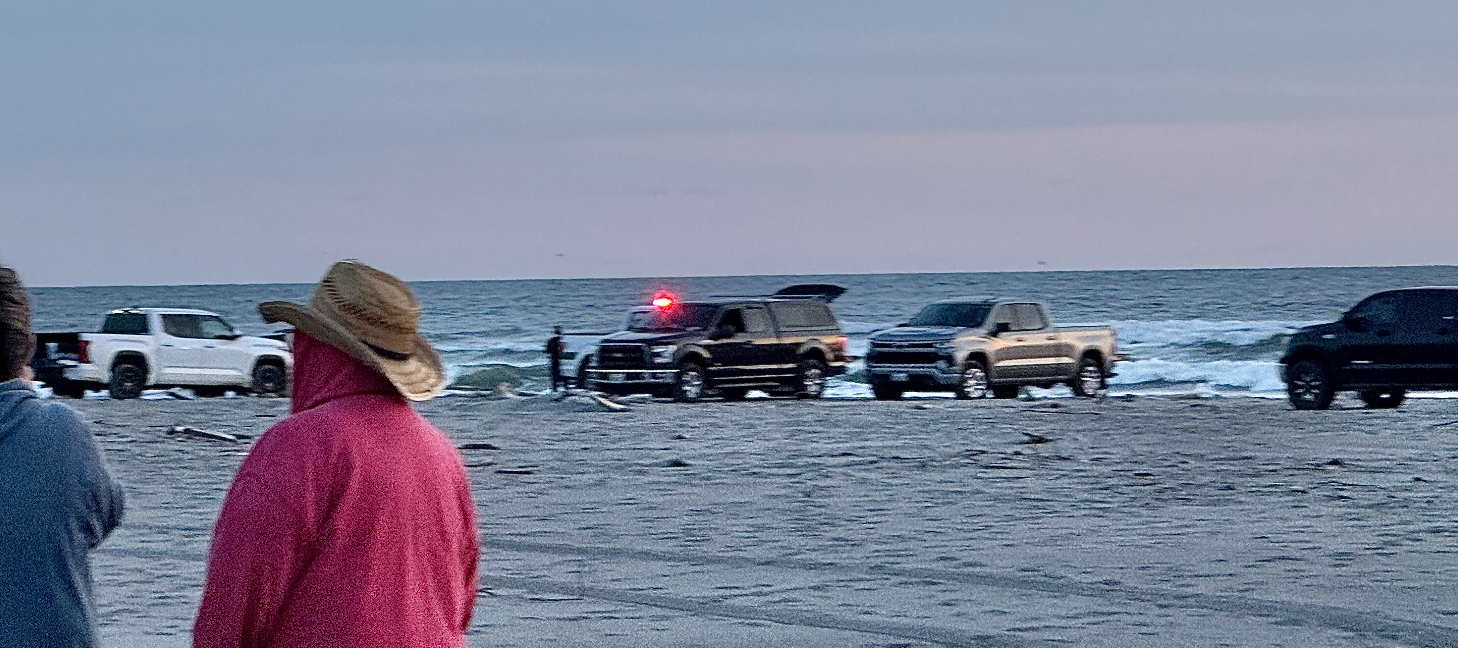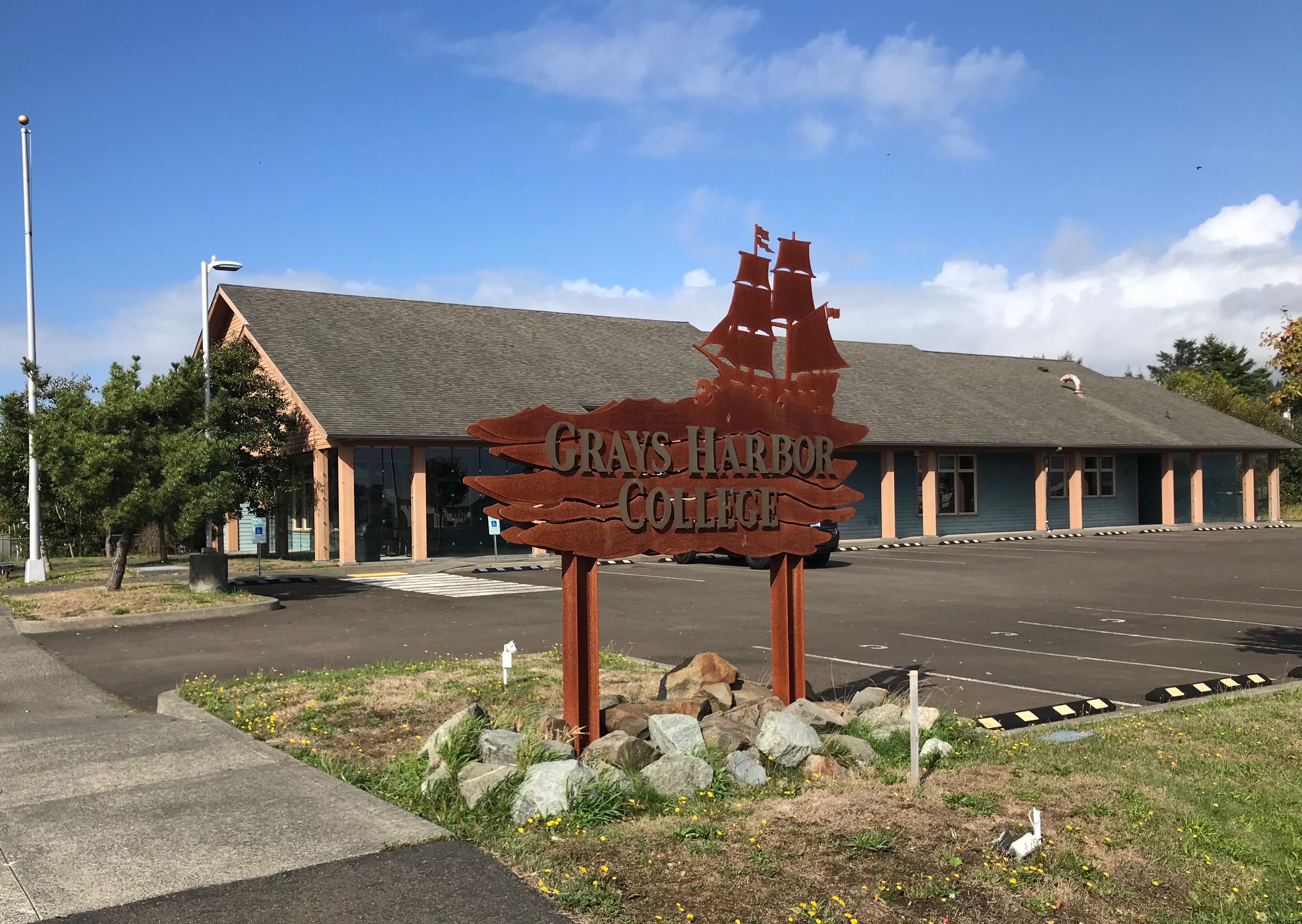Lower Columbia Currents: Baltimore tragedy should prompt safety evaluation of Lewis and Clark Bridge
Published 10:45 am Monday, April 8, 2024
The moment I heard about the Baltimore bridge collapse, I thought about Jerry Reagor and a story I’d written in 2019 about him and the Lewis and Clark Bridge.
Reagor is an 85-year-old Longview resident who has built bridges across the region for six decades. He was worried five years ago and he still worries today that the span linking Longview and Rainier could succumb to a ship collision like the one that destroyed the Francis Scott Key Bridge last month.
The “fenders” — buffers made of rock and steel sheet piling — that shielded the bridge’s two main support piers from ship impacts have corroded. Their remnants were removed years ago. Reagor says they should be rebuilt. It’s just a matter of time before one of the hundreds of mammoth cargo ships that ply the Columbia River annually will ram the bridge and take it out, he says.
He made his case to The New York Times in an April 6 story: tinyurl.com/Reagor-NYT. The paper interviewed him in Longview about his ideas on how to clear the wreckage of the Francis Scott Key Bridge, but he also pitched his warnings about the Longview span.
Related Information
While the Lewis and Clark Bridge is regarded as one of the most at-risk bridges in the nation, the Astoria-Megler Bridge isn’t free from danger.
The Astoria-Megler Bridge has defensive padding, known as fenders or cribbing, around its foundations, but Jeremy Nielsen, president of the Columbia River Pilots, told KOIN 6 News that they would likely provide little protection against a 213-million pound cargo ship.
On Oct. 26, 1994 the U.S.-flagged Keystone Canyon, an 855-foot freighter, was blown off Pier One in Astoria and became grounded along the west side of the bridge. Two bridge abutments received minor damage. The vessel wasn’t under full propulsion and was only carrying ballast.
In 2019, the Washington State Department of Transportation bridge engineers said the agency could not justify spending millions of dollars replacing the fenders on a span that turns 100 in 2030.
Earlier this month, the head of WSDOT’s bridge division noted that a preliminary study would be needed to determine if it is feasible to rebuild the fenders — or even to know if they can withstand the sheer size of modern vessels.
“That was a very large ship [that struck the Baltimore Bridge] and it hit a key location. It would have been difficult for any bridge to survive” the impact, said Mark Gaines, development division director for WSDOT.
He said the accident may lead the agency to re-evaluate the state bridges that are vulnerable to marine traffic. The Lewis and Clark Bridge certainly is one of them.
Following the March 26 tragedy, the Wall Street Journal listed the span as one of eight nationwide that could fail catastrophically in a similar impact.
Such a failure could kill hundreds of people if it occurred during commuting hours. It would disrupt millions of dollars in commerce, dramatically alter commuters’ lives for years and block shipping for weeks. It would have far reaching repercussions for the nation’s grain exports to the Pacific Rim and deal a financial wallop to ports from Longview to Idaho. It would severely impact how many commute between the coast and Interstate 5.
The span is inspected regularly and has undergone some major refurbishments in the past two decades. But with no plan or discussion occurring to replace the bridge and with ships growing larger, this appears a good time to consider ways to better protect it from ship collisions.
At the very least, WSDOT should consult ports, shippers, river pilots and the U.S. Army Corps of Engineers to study engineering and nonstructural options (e.g., tugboat escorts, warning systems) to reduce the probability of a catastrophic vessel/bridge impact.
The area’s Oregon and Washington legislative delegations should insist on it and seek funding for such an effort. Gaines said WSDOT would be open to it.
Some evaluation already is occurring. The U.S. Army Corps of Engineers, for example, is considering a Columbia River Pilots’ proposal to realign the shipping lane through Longview to keep ships farther from the bridge’s Washington pier, said Corps Portland District spokesman Jeffrey Henon.
Such a project likely is several years off and will need multiple levels of review and public comment.
Accidents involving large ships have been rare along the Lower Columbia River. The most notable in recent decades was the 1984 grounding of the tanker Mobiloil. A steering failure sent the 618-foot vessel onto rocks off Woodland, gashing its hull and causing a crude oil spill that fouled beaches, boats and wildlife all the way to the river’s mouth.
The risk to the bridge has more to do with its vulnerability to being struck by superships than to its design or condition. This is as much a river traffic control issue as a bridge maintenance issue.
Cargo ships now reach the length of three football fields and carry thousands of tons of freight and commodities, said Jeremy Nielsen, president of the Columbia River Pilots, who guide freighters up and down the river from Astoria to Portland and points in between.
Nielsen noted that cargo vessels are nearly twice the size of those that called on lower river ports in the 1970s.
“The reality is that the modern Columbia River [ship] channel was [designed for] 600-foot ships. A 1,200-foot ship is arriving tomorrow. The channel was never designed for that. … There is no need for panic, but we should be having discussions about how to prevent or lessen to consequences” of an incident, he said.
The federally maintained shipping channel is only 600 feet wide and cuts within just 81 feet of the bridge pier on the Washington side, Nielsen said.
There’s little room for error. That’s especially why an engine shutdown — like one reported to cause the Dali to strike the Francis Scott Key Bridge — poses such a threat.
Without engine power and propulsion, there’s no “propeller wash” of water to flow over the vessel’s rudder. The ship goes out of control and drifts off course to the whim of tides, currents, wind and other variables, Nielsen explained.
A few such engine shutdowns occurred in the Columbia several years ago. They caused no collisions, and the fuel problem that caused them has been solved, he said. Nevertheless, they led Nielsen to ask WSDOT to replace the fenders on the Lewis and Clark Bridge. Now he’s not so sure that is feasible, given the depth of water and the already narrow passageway under the bridge.
However, he’s asking the Coast Guard, U.S. Army Corps of Engineers and other stakeholders that the ship lanes be nudged to a more central path under the bridge to increase clearance from the Washington-side bridge pier. He’s also going to advocate for a height sensor to prevent vessels from bashing the bottom of the span.
“It was never a concern before,” but as ships have grown taller as well as longer and wider, vertical clearance has become an issue. “Hitting the underside of the bridge would be as bad as hitting those piers,” Nielsen said.
As for Jerry Reagor, he pleased to be taking his case to a national audience. He hopes coverage by The Times will help public officials take his concerns about the local bridge seriously.
“We will see if we can get a great big story going.”





